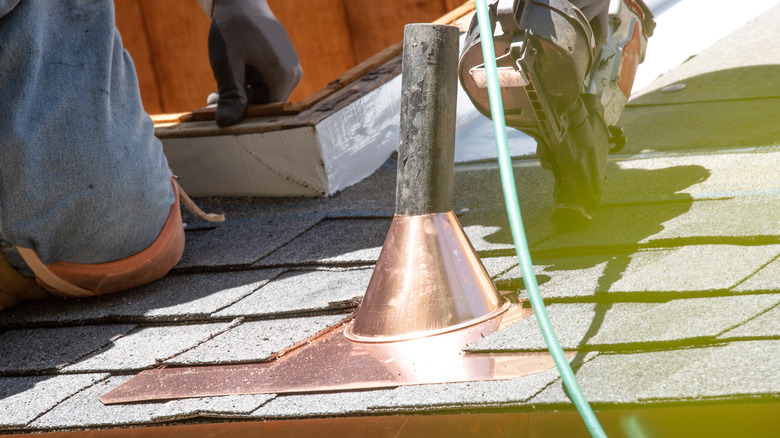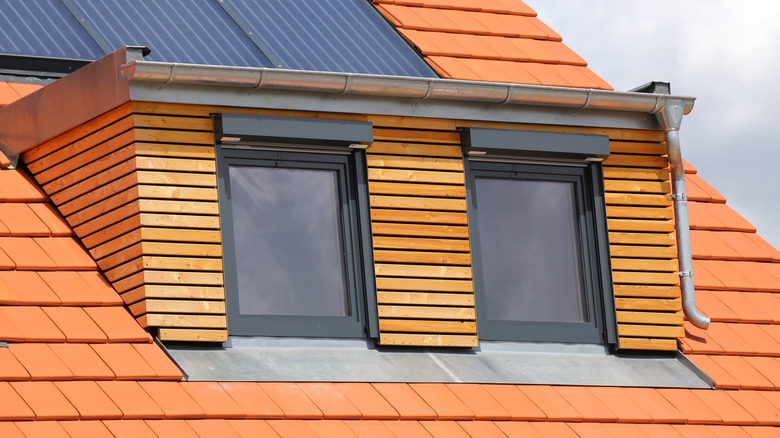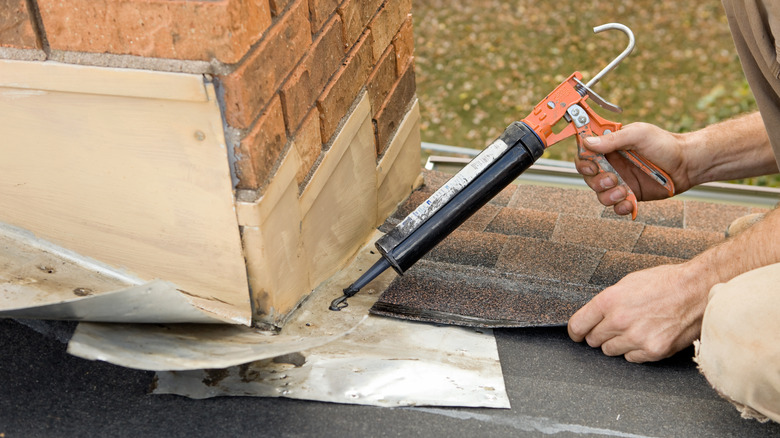Roof Flashing: What Is It, And Why Would Your Home Need It?
When the skies open and the rains descend, it's not just the integrity of your roofing materials that defends your home from becoming a newly improvised water feature. Deep in the trenches of home maintenance, an unsung hero works silently but vigorously to keep your home free from water infiltration. Enter roof flashing. Picture the roof areas where water likes to sneak in — the valleys, the bases of chimneys, skylights, vents, and the junctures where roof planes intersect. Roof flashing, typically crafted from sheets of galvanized steel, aluminum, and copper, steps up as the stalwart guard, shielding those vulnerable spots from rogue rainwater intent on seeping into your ceiling.
The world of roof flashing is expansive, with types particularly varying with their specific spots of duty. For example, there's skylight flashing, which is designated to safeguard roof windows and skylights. Then, drip edge flashing is tasked with guiding rainwater into the gutters, protecting the roof's edge and fascia. At the foot of vertical structures (think chimney), continuous flashing steps in. And not to forget valley flashing, aptly named for its role in guiding water down the valley where slanted roof panels meet.
But don't be fooled; integrating these metallic protectors into your roof is a craft demanding precision and expertise. Far from a beginner's undertaking, every cut and fold must be accurate and ideally executed by a seasoned roofing expert. An overlap here, a seal there, and a masterpiece of functionality unfurls.
When you need roof flashing and the consequences of ignoring it
When embarking on home improvement endeavors such as erecting a dormer or installing a skylight, roof flashing will suffice to ensure no water dares seep through newly created vulnerable points. Similarly, when time wears down your home's defenses, beckoning the replacement of shingles or the mending leaks, new flashing must rise to replace the old to combat the stealthy siege of rainwater. Should you encounter signs of distress, like the ominous rust inside your chimney firebox, water stains upon your walls and ceiling, breaches on the flashing itself (think cracks, holes, and rust), or water leaks disturbing the quiet of your attic during rains, it could be a call to install new flashing.
Turn a blind eye to the need for roof flashing, and you beckon devastation for your home. Without this critical shield, water slips through the seams and intersections of your roof with nefarious ease. Once inside, relentless moisture weakens wooden structures, compromises insulation, and soaks through walls, setting the stage for your house's slow surrender to decay.
Plus, unchecked moisture is a siren's call to mold and mildew, forging a spore-laden environment that can endanger health with every breath drawn within the moisture-plagued walls. In the shadows of hidden water damage, decay takes hold, and structural repairs come knocking, a costly endeavor demanding far more than a preemptive flashing installation. And remember, the fusion of water and electricity is deadly, a potential fire hazard.
Roof flashing materials and costs
Roof flashing materials are diverse. At the forefront, we have aluminum. Favored for its cost-effectiveness and flexibility, aluminum proves itself adaptable to the varied forms of your rooftops, seamlessly contouring against nature's whims. You could instead opt for galvanized steel. Albeit labor-intensive, this flashing material resists corrosion and presents itself as a bastion of durability, ready to ward off the relentless onslaught of the elements without wavering. And for the aesthete with an eye for majesty and readiness to dig deeper into their pockets? Copper flashing steps in, offering beauty and protection, with its higher price tag further justified by a patina that evolves into eye-pleasing earthy hues.
The choice of your flashing — be it the thrifty aluminum or the noble copper — heralds a range of financial investments you must part with. For example, a Union Corrugating 4 x 4-inch Aluminum Step Flashing Sheet for chimneys will set you back $0.72 at Lowe's. On the other hand, 10 pieces of Gibraltar Building Products 5 x 7-inch Copper Step Flashing retails for $42.57 at The Home Depot, while a 25-count bundle of 3.5 x 7-inch Steel Step Flashing rings up to $20.84 at Lowe's. And let's not forget the "gold" worth paying the roof repair expert whose mastery ensures your flashing serves its purpose. For a modest installation, roof flashing costs can hover between $412 and $1,107. For expansive roofs or premium designs and materials, expect the expenses to soar to $2,500 or more.


